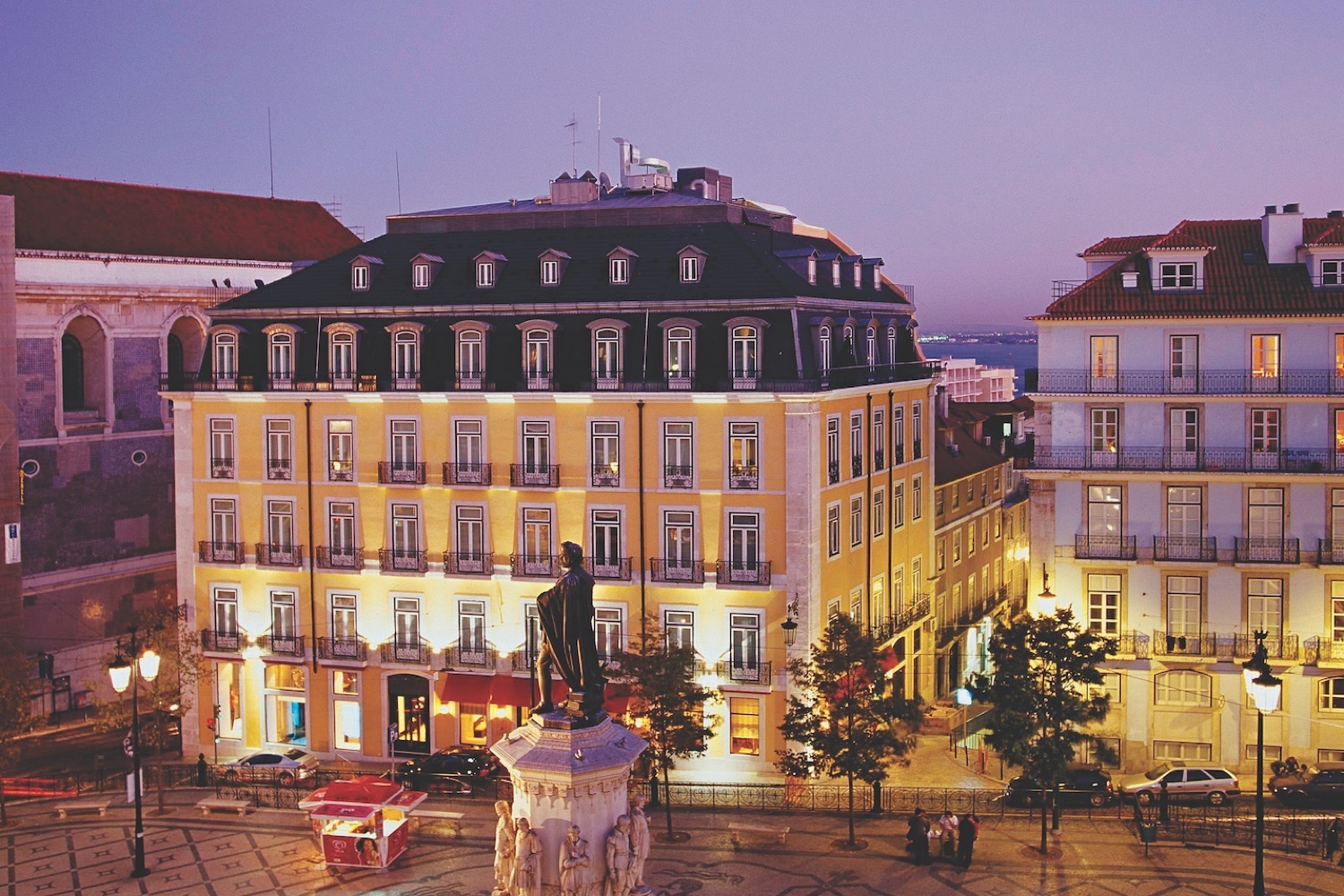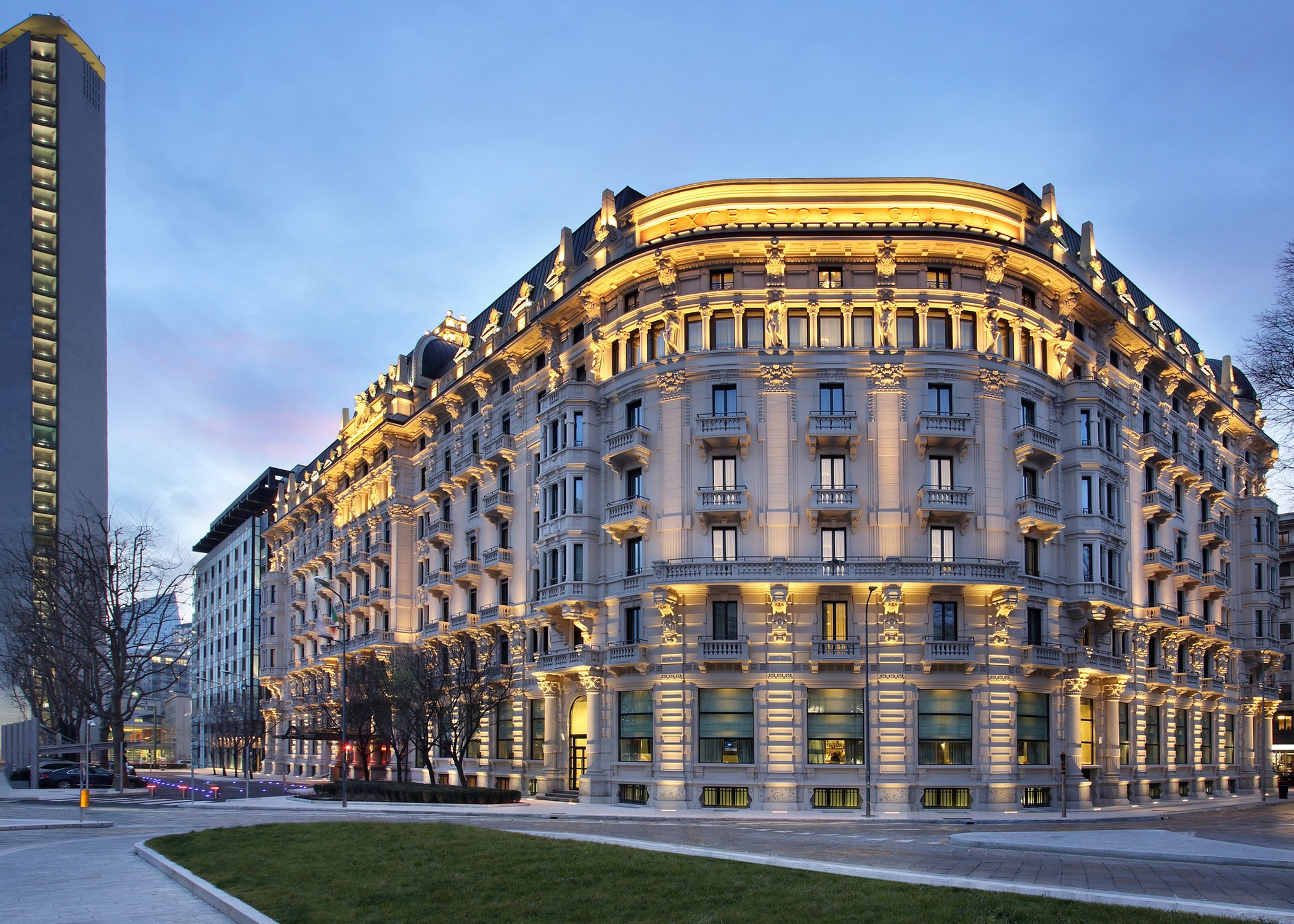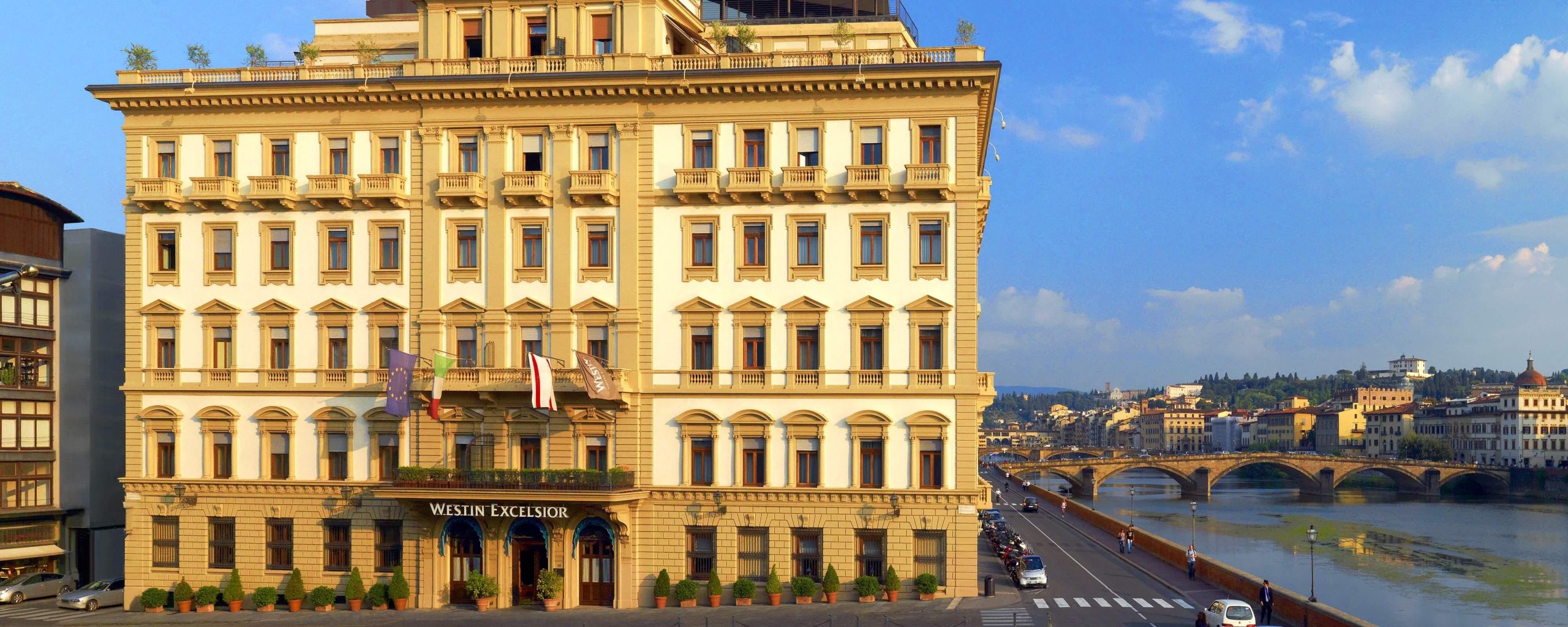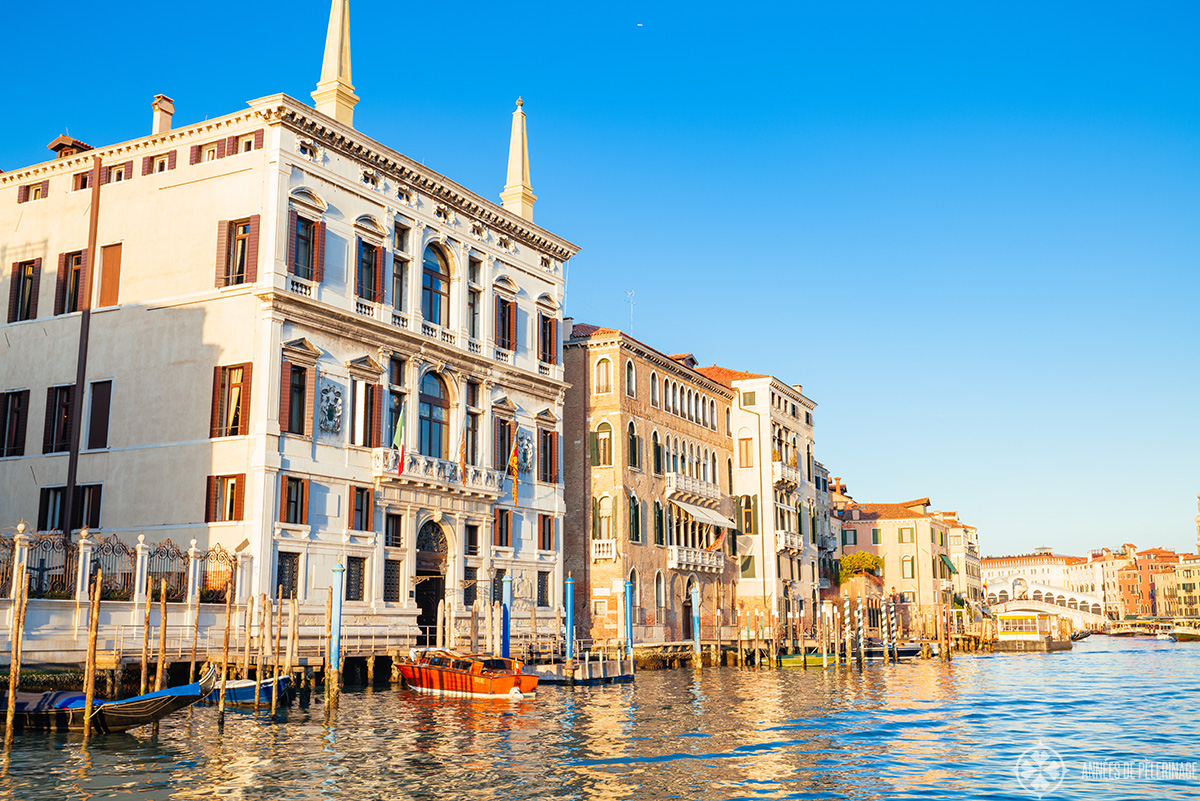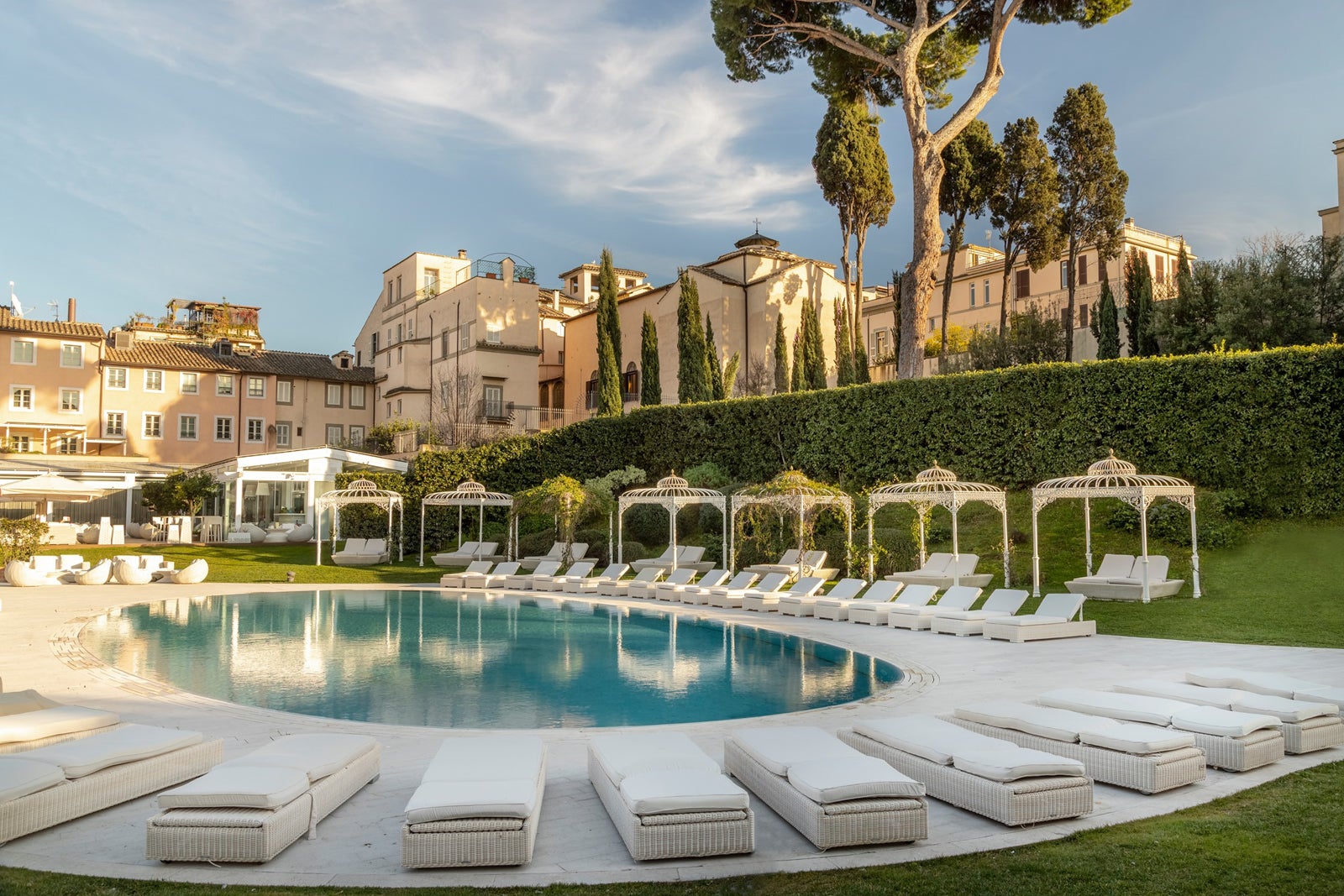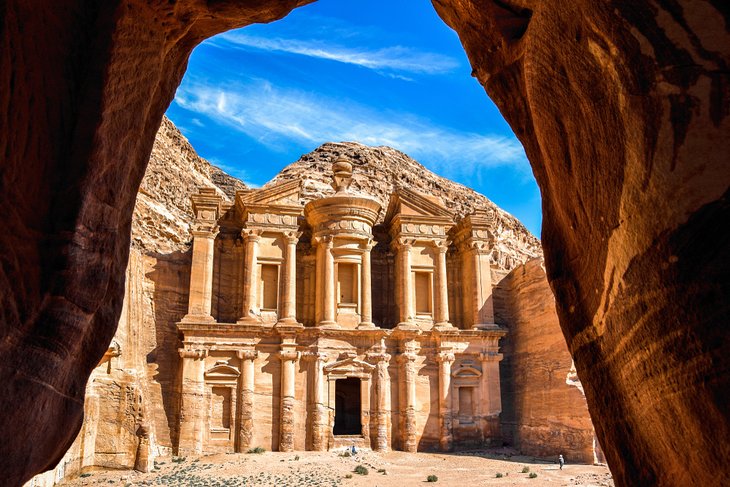
Jordan, a land steeped in history and brimming with natural beauty, offers an unforgettable travel experience. From the rose-red city of Petra to the otherworldly landscapes of Wadi Rum, the country is a treasure trove of ancient wonders and captivating experiences. This article will guide you through the best tourist attractions in Jordan, exploring its rich history, offering essential travel tips, and highlighting the best ways to immerse yourself in its vibrant culture.
A Glimpse into Jordan’s Rich History:
Jordan’s strategic location at the crossroads of ancient civilizations has shaped its identity for millennia. Its history is a tapestry woven with threads of Nabataean ingenuity, Roman influence, Islamic conquests, and Ottoman rule.
Related Articles about Unveiling the Treasures of Jordan: A Journey Through History, Culture, and Wonder:
- Thailand: A Tapestry of Enchantment – Your Ultimate Guide to the Land of Smiles
- Maldives: An Enchanting Atoll Odyssey – Your Ultimate Travel Guide
- The Lion City’s Roar: Unveiling Singapore’s Top Experiences
- Japan: A Tapestry of Tradition and Tomorrow – Your Ultimate Guide to Unforgettable Experiences
- Brazil: A Kaleidoscope of Culture, Nature, and Unforgettable Experiences
-
Ancient Civilizations: The region boasts a rich history dating back to the Paleolithic era. The Nabataeans, renowned for their engineering prowess, carved the magnificent city of Petra into the sandstone cliffs, a testament to their advanced civilization. The Romans also left their mark, building cities like Jerash, which stands as one of the best-preserved Roman cities outside of Italy.
-
Islamic Era: The arrival of Islam in the 7th century brought significant changes to the region. Jordan became an important part of the Umayyad and Abbasid Caliphates, witnessing the construction of impressive desert castles like Qasr Amra and Qasr Kharana.
-
Modern Jordan: After centuries under Ottoman rule, Jordan became a British protectorate in the aftermath of World War I. In 1946, it gained independence as the Hashemite Kingdom of Jordan, a stable and progressive nation in the heart of the Middle East.
Must-See Tourist Attractions in Jordan:
-
Petra: The Lost City:
- History: Carved into the sandstone cliffs by the Nabataeans over 2,000 years ago, Petra served as their capital and a vital trading hub. Its intricate architecture and sophisticated water management system are a testament to their engineering genius.
- Highlights: The Siq (a narrow gorge leading to the city), the Treasury (Al-Khazneh), the Monastery (Ad Deir), the Royal Tombs, and the High Place of Sacrifice.
- Travel Tips: Wear comfortable shoes, bring water and sunscreen, and consider hiring a local guide to learn about the city’s history and hidden gems. Be prepared for a lot of walking.
- Nearby Hotels: Mövenpick Resort Petra, Petra Moon Hotel, Petra Marriott Hotel.
-
Wadi Rum: The Valley of the Moon:
- History: This protected desert wilderness, with its towering sandstone mountains and vast sandy plains, has been inhabited by Bedouin tribes for centuries. It served as a backdrop for the film "Lawrence of Arabia" and continues to captivate visitors with its stark beauty.
- Highlights: Jeep tours through the desert, camel treks, stargazing at night, rock climbing, and staying in a traditional Bedouin camp.
- Travel Tips: Dress in layers, bring sunglasses and a hat, and be prepared for extreme temperatures. Respect the Bedouin culture and traditions.
- Nearby Hotels: Memories Aicha Luxury Camp, Captain’s Desert Camp, Mazayen Rum Camp.
-
Jerash: The Roman City:
- History: Known as Gerasa in ancient times, Jerash was a prominent member of the Decapolis, a league of ten Roman cities in the region. It boasts remarkably well-preserved Roman ruins, offering a glimpse into life in a Roman provincial city.
- Highlights: Hadrian’s Arch, the Oval Plaza, the Temple of Artemis, the South Theatre, and the Colonnaded Street.
- Travel Tips: Wear comfortable shoes, bring water, and explore the site with a local guide to understand its history and significance.
- Nearby Hotels: The Olive Branch Hotel, Grand Swiss-Belresort, Royal Hotel.
-
The Dead Sea: The Lowest Point on Earth:
- History: The Dead Sea, a hypersaline lake bordering Jordan and Israel, has been known for its therapeutic properties since ancient times. Its high salt content allows visitors to float effortlessly in its mineral-rich waters.
- Highlights: Floating in the Dead Sea, covering yourself in mineral-rich mud, visiting Dead Sea resorts, and enjoying spa treatments.
- Travel Tips: Avoid getting water in your eyes or mouth, and limit your time in the water to 15-20 minutes due to the high salt concentration.
- Nearby Hotels: Kempinski Hotel Ishtar Dead Sea, Dead Sea Marriott Resort & Spa, Movenpick Resort & Spa Dead Sea.
-
Amman: The Capital City:
- History: Amman, Jordan’s bustling capital, has a history spanning millennia. From its ancient origins as Rabbath-Ammon to its Roman occupation as Philadelphia, the city has witnessed the rise and fall of empires.
- Highlights: The Citadel, the Roman Theatre, the Jordan Museum, the King Abdullah I Mosque, and Rainbow Street.
- Travel Tips: Explore the city on foot or by taxi, try local street food, and visit the traditional souks for souvenirs.
- Nearby Hotels: Four Seasons Hotel Amman, The St. Regis Amman, W Amman.
-
Mount Nebo: The Promised Land View:
- History: According to the Bible, Mount Nebo is where Moses was granted a view of the Promised Land before his death. It is a significant pilgrimage site for Christians.
- Highlights: The Moses Memorial Church, panoramic views of the Dead Sea, the Jordan Valley, and the Holy Land.
- Travel Tips: Dress respectfully, especially when visiting religious sites.
-
Madaba: The City of Mosaics:
- History: Madaba is renowned for its Byzantine and Umayyad mosaics, particularly the 6th-century mosaic map of the Holy Land in St. George’s Church.
- Highlights: The Madaba Map, the Madaba Archaeological Park, and the Church of the Apostles.
-
Aqaba: The Red Sea Resort:
- History: Aqaba, Jordan’s only coastal city, has been a vital port for centuries, connecting the Red Sea trade routes.
- Highlights: Scuba diving and snorkeling in the Red Sea, relaxing on the beaches, visiting Aqaba Fortress, and exploring the underwater military museum.
- Nearby Hotels: Kempinski Hotel Aqaba Red Sea, Movenpick Resort & Residences Aqaba, InterContinental Aqaba Resort.
Best Time to Visit Jordan:
- Spring (March-May) and Autumn (September-November): These seasons offer pleasant temperatures, making them ideal for exploring the country’s historical sites and natural wonders.
- Summer (June-August): Can be very hot, especially in the desert regions.
- Winter (December-February): Can be cold, especially in the mountainous areas. Snow is possible in Amman and Petra.
Travel Tips for Jordan:
- Visa: Most nationalities can obtain a visa on arrival at Queen Alia International Airport in Amman or at land borders. Check visa requirements for your nationality before traveling.
- Currency: The Jordanian Dinar (JOD) is the official currency. Credit cards are widely accepted in major hotels and restaurants, but it’s advisable to carry cash for smaller establishments and souks.
- Language: Arabic is the official language. English is widely spoken in tourist areas.
- Dress Code: Dress modestly, especially when visiting religious sites. Shoulders and knees should be covered.
- Bargaining: Bargaining is common in souks and markets.
- Respect Local Customs: Be respectful of Jordanian culture and traditions. Avoid public displays of affection and dress modestly.
- Safety: Jordan is generally a safe country for tourists. However, it’s always wise to be aware of your surroundings and take precautions against petty theft.
- Water: Drink bottled water to avoid stomach problems.
- Transportation: Taxis are readily available in cities and towns. Buses are a cheaper option for traveling between cities, but they can be crowded. Renting a car is a good option for exploring the country at your own pace.
Local Food in Jordan:
Jordanian cuisine is a delicious blend of Middle Eastern and Mediterranean flavors.
- Mansaf: Jordan’s national dish, consisting of lamb cooked in a fermented dried yogurt sauce and served with rice or bulgur.
- Maqluba: An upside-down rice dish with meat and vegetables.
- Falafel: Deep-fried chickpea patties, often served in pita bread with hummus and vegetables.
- Hummus: A creamy dip made from chickpeas, tahini, lemon juice, and garlic.
- Baba Ghanoush: A smoky eggplant dip.
- Shawarma: Thinly sliced meat, usually lamb or chicken, roasted on a vertical spit and served in pita bread with toppings.
- Kanafeh: A sweet cheese pastry soaked in syrup.
- Jordanian Tea: A staple beverage, often flavored with mint or sage.
- Arabic Coffee: Strong, bitter coffee served in small cups.
Transportation Options in Jordan:
- Taxis: Readily available in cities and towns. Agree on a fare before starting your journey.
- Buses: A cheaper option for traveling between cities, but they can be crowded and uncomfortable.
- Rental Cars: A good option for exploring the country at your own pace.
- Private Drivers: Hiring a private driver is a convenient option for day trips or longer journeys.
- JETT Buses: A comfortable and reliable bus service connecting major cities.
Conclusion:
Jordan offers a captivating blend of ancient history, stunning landscapes, and vibrant culture. Whether you’re exploring the lost city of Petra, floating in the Dead Sea, or immersing yourself in the Bedouin traditions of Wadi Rum, Jordan promises an unforgettable travel experience. By planning your trip carefully, respecting local customs, and embracing the warmth and hospitality of the Jordanian people, you’re sure to create memories that will last a lifetime. So, pack your bags and prepare to be amazed by the treasures of Jordan.



